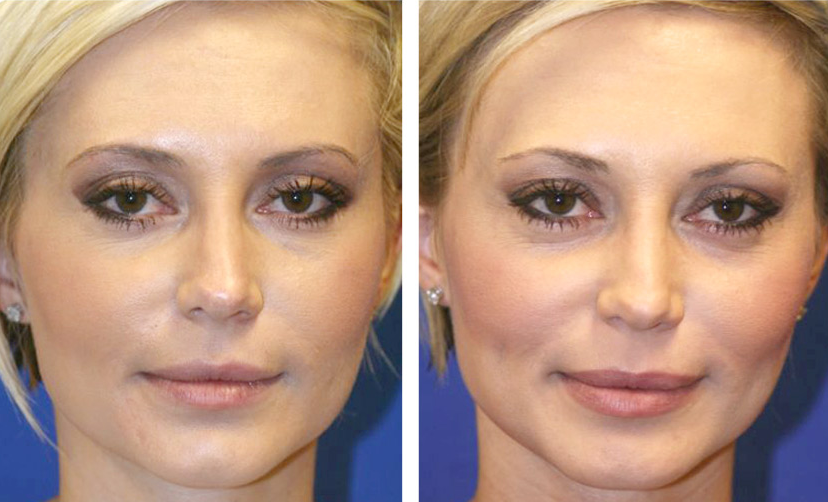Cosmetic, plastic and general surgeons commonly perform laser skin resurfacing to improve the appearance of their patients’ skin. The technology available to these professionals today enables precise control of the laser equipment, even in tender or difficult areas of the body.
Explanation of Laser Skin Resurfacing
Laser skin resurfacing reduces the appearances of flaws on the surface of the skin. During this procedure, the laser disintegrates the molecular bonds in the damaged skin one layer at a time to create a smoother, youthful appearance to the skin. This cosmetic procedure rejuvenates the skin in the treated area.
Who Is an Ideal Candidate?
A patient may be an ideal candidate for the laser skin resurfacing when they suffer from the following issues:
- Wrinkles and fine lines on the forehead or around your mouth and eyes
- Acne scars
- Aging skin
- Sun-damaged skin
- Liver spots
- Warts
- Birthmarks
In addition to suffering from the above skin issues, patients need to fit other criteria to be ideal candidates. They should be in an overall healthy condition and not suffer from any medical issues that may negatively affect their skin’s healing. Skin also should not be overly oily and still contain elasticity. Preferred candidates will have realistic expectations for the outcome of this procedure. Patients with dark skin are at higher risk of complications than those with light skin.
The Procedure
Laser skin resurfacing starts with a local or general anesthetic. Which the doctor selects, depends upon the area that the procedure will treat or the patient. Once the anesthetic takes effect, the surgeon will aim the laser precisely on the area and skillfully begin to vaporize the damaged skin cells. The removal of these cells triggers skin regeneration, which results in smooth, supple skin. A resurfacing procedure can take up to two hours, but the size of the area determines the length of the procedure.
Recovery Time
Recovery for this resurfacing procedure ranges from one week to two weeks depending on which type of laser the doctor selects to use during the procedure. The skin will have a pinkish to reddish tone after the resurfacing, but the tone will gradually return to normal over the next few months. Patients should take off work for up to 14 days, but the doctor will advise them of a specific time frame prior to the procedure.
Possible Complications
While this resurfacing procedure is generally safe when performed by a qualified doctor, certain complications may happen with patients. Complications include abnormal healing, infection, scarring and a change in pigmentation. Patients should discuss these complications and others with the surgeon prior to the procedure.
Patients who have an interest in laser resurfacing for their skin should consult with a doctor to discover if they are ideal candidates for the procedure. They also need to be aware that medical insurance normally considers this a cosmetic procedure and as a result, will not cover it. Laser skin resurfacing is an effective way to diminish a number of different skin issues today.
Ulthera Skin Tightening Miami : Miami Beach Laser Spa

